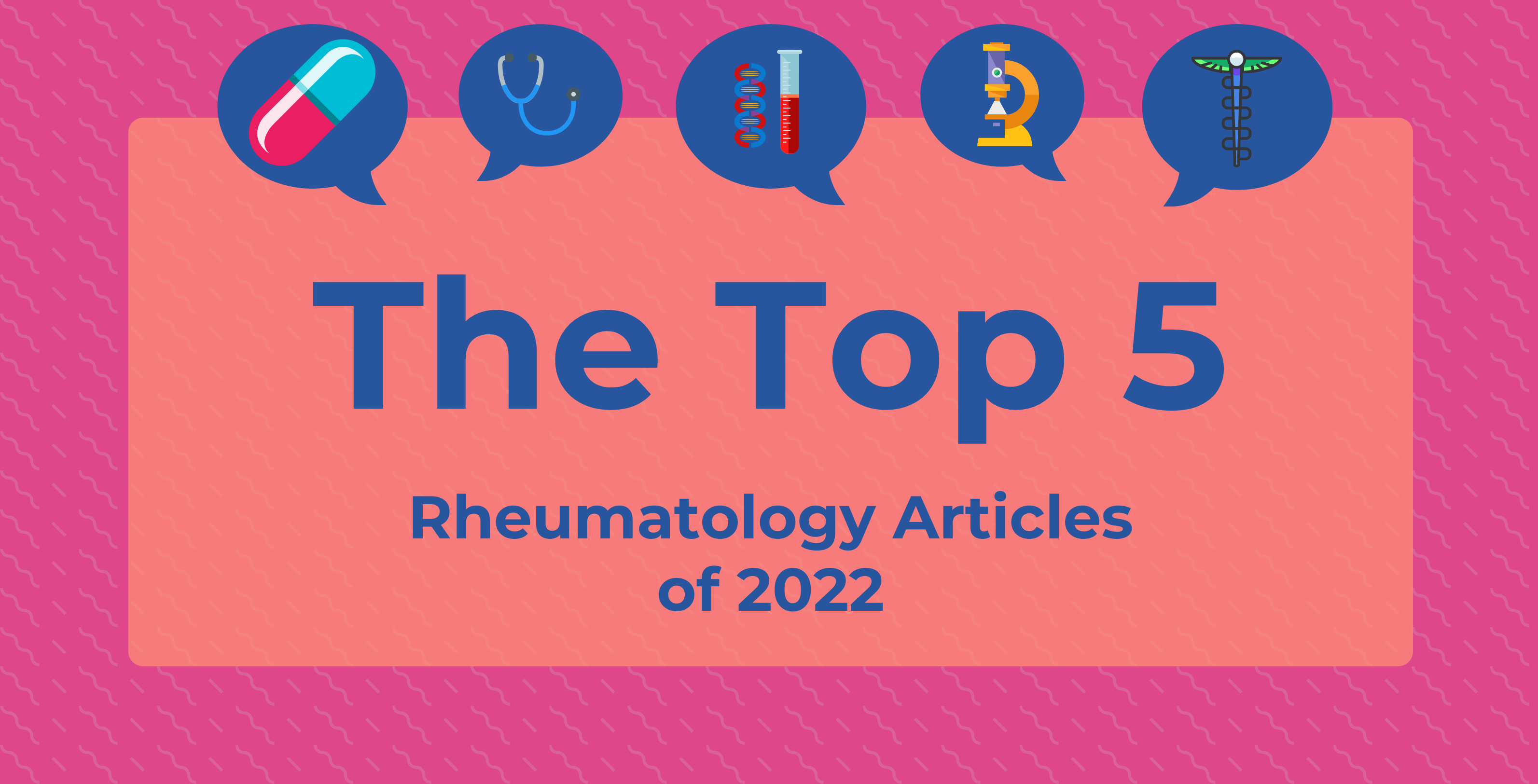Article
Systemic Review, Survey of Physicians Provide Insight on Targeted Therapy Use in SSc-ILD
Author(s):
Data from a literature review of 41 studies were analyzed and subsequently leveraged to create a survey among physicians on the use of 4 targeted therapies in systemic sclerosis-interstitial lung disease (SSc-ILD).
For the first time, researchers have conducted a systemic literature review of targeted treatments for systemic sclerosis-interstitial lung disease (SSc-ILD) and collected real-world experience from physicians using these treatments for the complex autoimmune condition.
Data from the literature review of 41 studies were analyzed and subsequently leveraged to create a survey among physicians on the use of 4 targeted therapies in SSc-ILD: nintedanib and tocilizumab (TCZ), both approved for use in this setting, as well as rituximab and abatacept (ABT).
“Since SSc-ILD management is particularly challenging, a significant number of patients may require a second- or third-line treatment, after the failure of a first-line treatment. Moreover, given the heterogeneity of disease, SSc patients with concomitant organ involvements need a tailored therapeutic strategy for different organs and systems (e.g. ILD plus dcSSc and arthritis). Consequently, clinicians are increasingly using new drugs in SSc patients in their everyday clinical practice, notwithstanding the lack of formal consensus recommendations and the significant differences in drug availability among countries.”
Data from the literature review studies showed promising efficacy results with nintedanib, RTX, and TCZ. The researchers cited an “extremely poor” level of evidence ABT, which had data from 2 studies that did not include control groups. There was no significant improvement in predicted FVC observed with the treatment at 6 or 12 months. While safety of the treatment was sufficient, the researchers underscored the low level of evidence available.
The researchers, while noting that the level of evidence from the 34 studies prohibited strong conclusions, suggested that rituximab could be considered in the condition, particularly in combination with other csDMARDs. Data showed that adverse events were common with the treatment—infection being most frequently reported—but serious events occurred in about 10% of patients.
There were 5 studies, including 3 with control groups, that provided data on TCZ. As a monotherapy, the treatment showed efficacy in 2 randomized controlled trials (RCTs); data was limited on its use in combination with csDMARDs. Safety data showed side effects in up to 25% of patients, with infection being most frequently reported. The 1 RCT available for nintedanib, which included the most patients with SSc among all available trials, showed that the treatment reduced the rate of decline, particularly when used with MMF. The most common side effect was diarrhea.
Though recently approved for SSc-ILD, the 168 physicians included in the survey, mostly from Europe, reported strong confidence in knowing when to start the treatment and had favorable views of its efficacy, with similar perceptions of RTX. Questions on the treatment centered around its long-term use and the combination with other immunosuppressants.
Notably, the physicians showed slightly less favorable views toward TCZ—despite its approval in the condition—relative to nintedanib and RTX. According to the researchers, this may be attributed to a lack of lung-specific primary endpoints included in the TCZ trials. The risk of infections was raised a safety concern for TCZ and RTX.
For all 4 treatments, the physicians identified efficacy in SSc-ILD and the overall safety as being the most important drug-related characteristics.
“Our survey repliers underlined the need to obtain more data regarding the upfront initiation of combination regimen versus monotherapy, as well as in the identification of predictors supporting drug choice according to both pulmonary and extra-pulmonary patient profile,” wrote the researchers. “In addition, the concept of timing emerged meaningfully, related to both the patient (i.e. early versus long-term disease or ILD) and the drug of choice (including first choice and escalation strategies). Finally, the need for additional data emerged in different topics, including the comparison between monotherapy and combination in particular of nintedanib and bDMARDs.”
The physicians also indicated a wide variability in availability of the treatments, with RTX being the most available treatments (96%) and ABT being the least available (18%).
Reference
Campochiaro C, Lazzaroni M, Bruni C, Zanatta, De Luca G, Matucci-Cerinic M. Open questions on the management of targeted therapies for the treatment of systemic sclerosis- interstitial lung disease: results of a EUSTAR survey based on a systemic literature review. Ther Adv Musculoskelet Dis. Published online August 22, 2022. doi:10.1177/1759720X221116408




